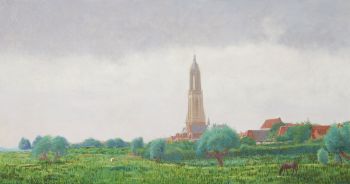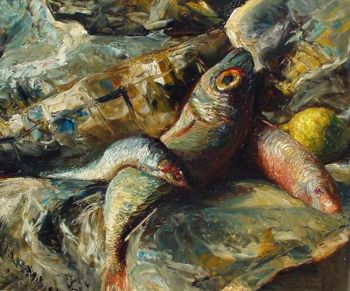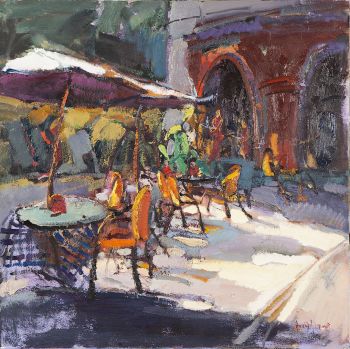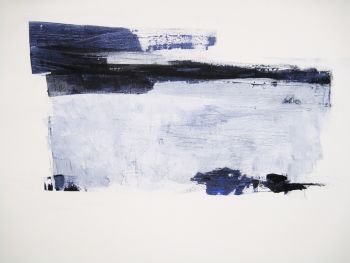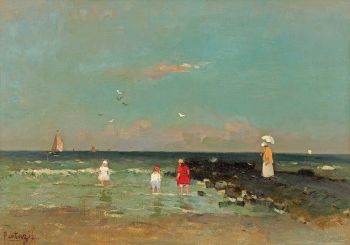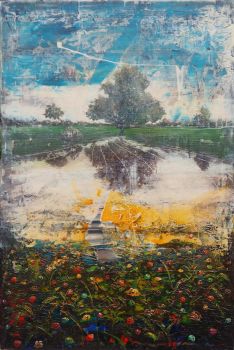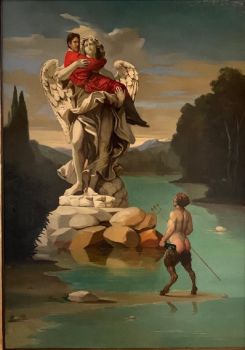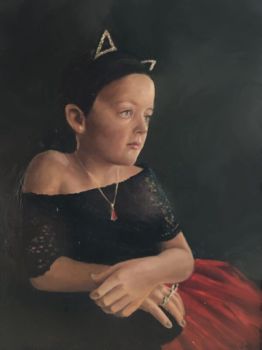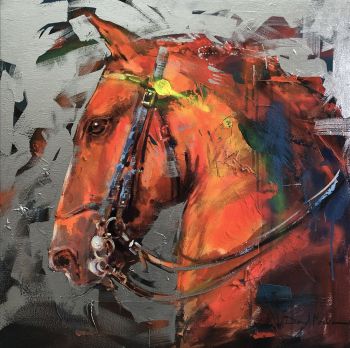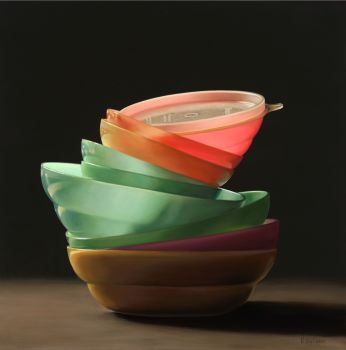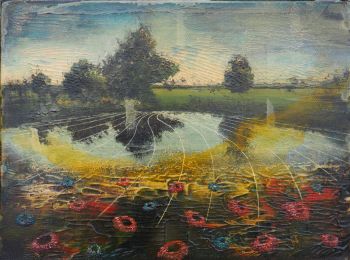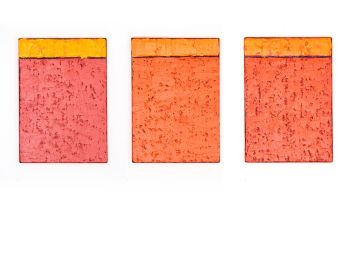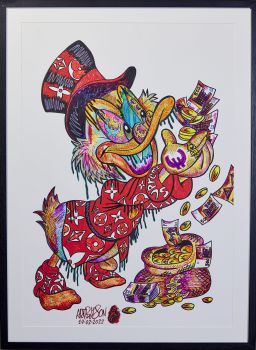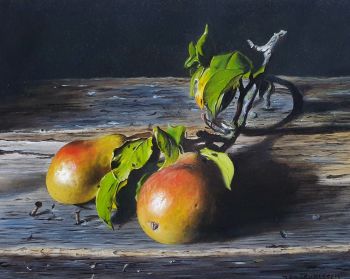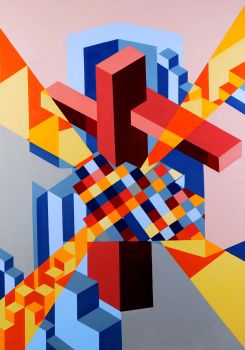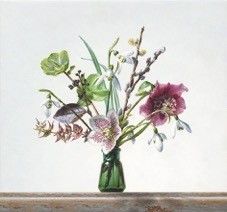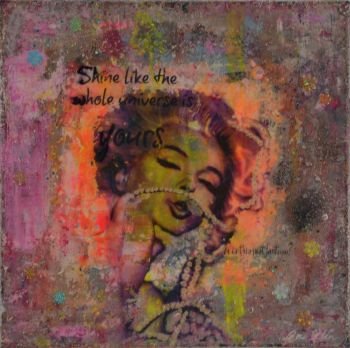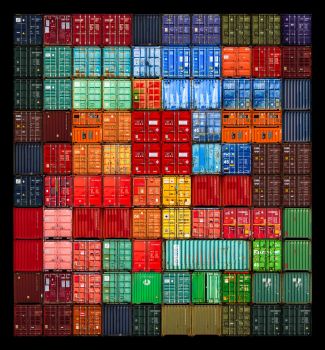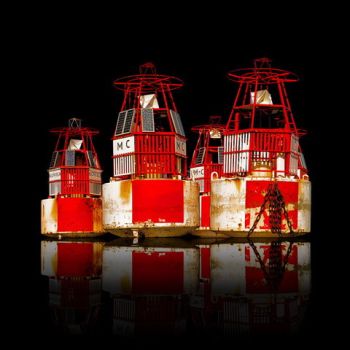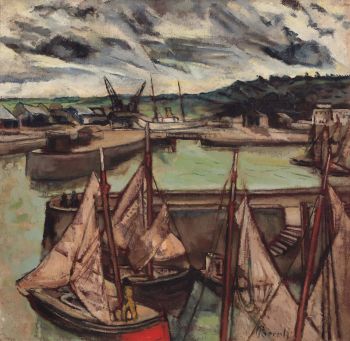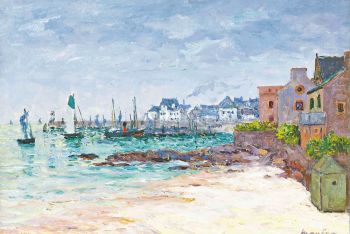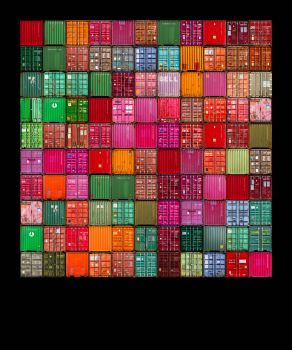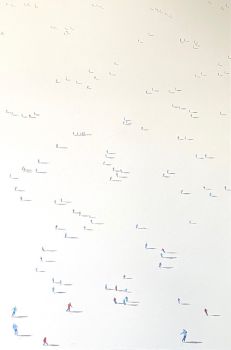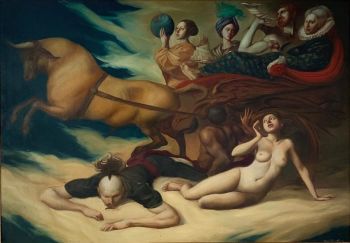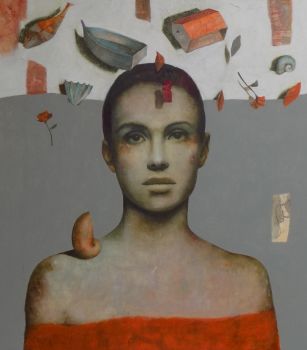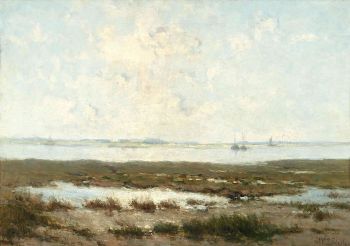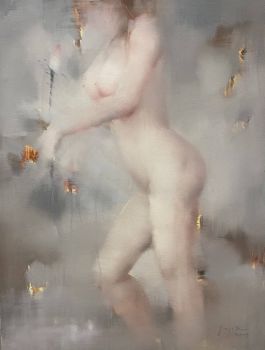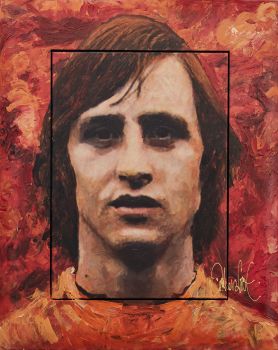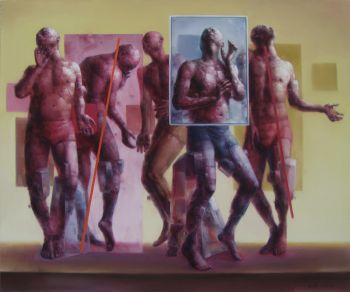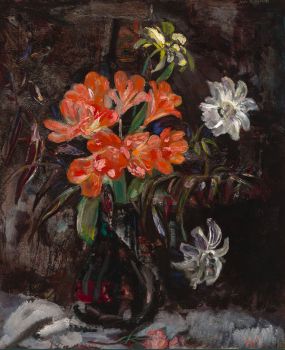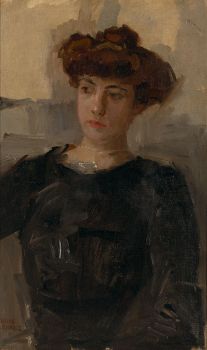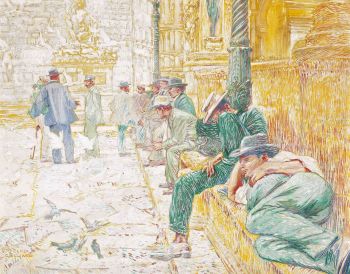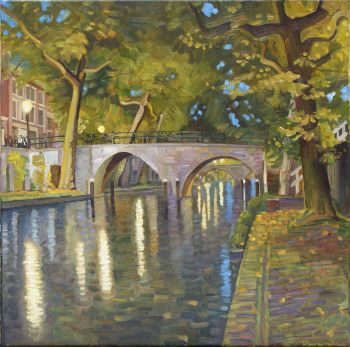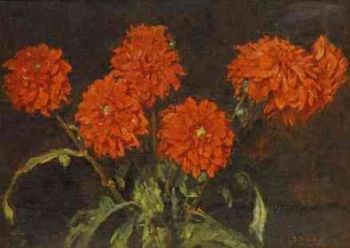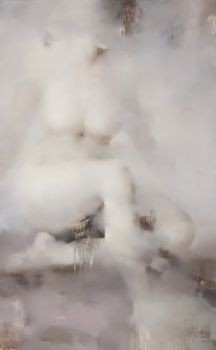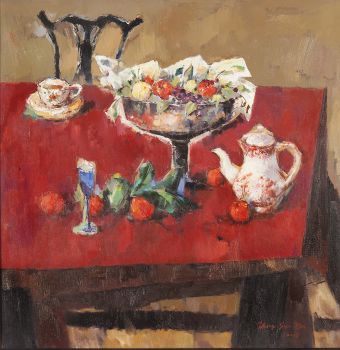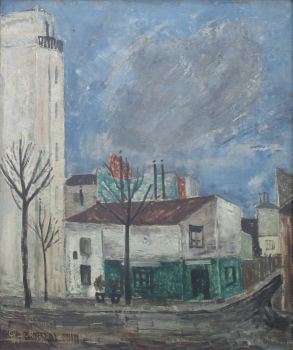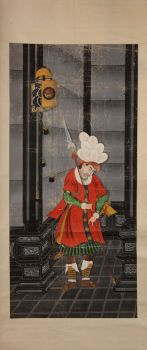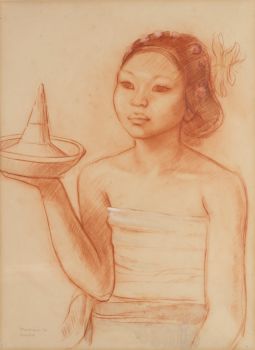Zeeman 1640 - 1660
Reinier Nooms
Original oil on canvas
41 ⨯ 67 cm
Price on request
Zebregs & Röell - Fine Art - Antiques
- About the artworkReinier Nooms, called ‘Zeeman’ (1623/24-1664)
A Mediterranean bay and anchorage with arriving and anchored ships
Signed R.Zeeman in the lower centre on the ship
Oil on canvas, H. 41.5 x W. 67 cm
Reinier Nooms was a famous Dutch maritime painter known for his highly detailed paintings and etchings of ships. He often signed his works as ‘Zeemam’. After spending a rough and drunken life as a zeeman, he started painting, drawing and etching from about 1639. It is not known how he acquired his skills as an artist, but his knowledge of ships acquired as a sailor is evident from his work and served as an example of how to depict ships to many other artists.
A favourite subject of his paintings was Dutch victory in sea battles against Spain and England. For instance, he painted the Amalia, the flagship of Admiral Maarten Harpertz. Tromp, before the Battle of the Downs in 1639. A vast Spanish fleet was decisively defeated, confirming the Dutch dominance of the sea lanes. This painting is shown in the National Maritime Museum in Greenwich (no. BHC0274).
Another famous painting by Nooms depicts the Battle of Leghorn (Livorno), 1653, during the first Anglo-Dutch War. Commodore Johan van Galen defeated an English fleet under Captain Henry Appleton and gave the Dutch command of the Mediterranean. This painting is in the collection of the Rijksmuseum (object no. SK-A-294).
During 1661-1663, Nooms journeyed along the coast of North Africa with Michiel de Ruyter. Then and there, the present painting or its preliminary sketches were made. Nooms published his engravings, covering all types of 17th-century Dutch ships from East Indiamen to tow barges, in several series titled Verscheijde Schepen en Gesichten van Amstelredam, which are both artistic and ship's historical, a true milestone. - About the artist
Reinier Nooms (c. 1623 – 1664), also known as Zeeman or Seeman (Dutch for "sailor"), was a distinguished Dutch maritime painter and etcher, celebrated for his remarkably detailed depictions of ships and seascapes. Starting in the 1650s, Nooms began producing a series of etchings that captured not only vessels but also coastal and urban topographies. His work, marked by extraordinary precision and refinement, became a benchmark for other artists portraying maritime scenes.
Although concrete details of Nooms' life are scarce, he was likely born and died in Amsterdam. Before pursuing art, he led a rugged, adventurous life as a sailor. His transition to painting and drawing, which began around 1643, is shrouded in mystery, as there is little information on how he developed his artistic skills. However, his intimate knowledge of ships, gathered during his time at sea, is evident in his work. His depictions of ships and foreign ports are noted for their technical accuracy, making them invaluable references for other artists of the time.
Nooms’ artistic legacy is closely tied to the Anglo-Dutch Wars, which served as the inspiration for many of his paintings. One of his renowned works features the Amalia, the flagship of Admiral Maarten Tromp, depicted before the pivotal Battle of the Downs. This piece is now housed in the National Maritime Museum in Greenwich, UK. Another notable painting, portraying the 1653 Battle of Leghorn, can be found in the Rijksmuseum in Amsterdam.
Throughout his career, Nooms traveled extensively. He spent time in Paris (1650–1652, 1656), visited Venice, and possibly Berlin in 1657. He also sailed along the North African coast with the famed Dutch admiral Michiel de Ruyter between 1661 and 1663. Though the details of his personal life are unclear, he married Maria Moosijn from Bruges, and the couple had two daughters, baptized in 1653 and 1655.
During the 1650s, Nooms published a series of etchings featuring ships and detailed topographical views. These etchings, distributed by publishers Cornelis Danckerts and Clement de Jonghe, became an important source of inspiration for other artists, showcasing Nooms' meticulous attention to detail and technical skill.
One of his final works, created in 1664, offers a sweeping view of Amsterdam’s harbor, highlighting the IJ bay and the 's Lands Zeemagazijn, the Dutch naval arsenal, now home to the Nederlands Scheepvaartmuseum (Netherlands Maritime Museum). Fittingly, this masterpiece is displayed at the museum today.
Nooms’ influence extended beyond his lifetime, shaping the work of later artists such as the 19th-century French etcher Charles Meryon. Meryon, deeply inspired by Nooms’ etchings of Paris cityscapes, dedicated several of his own etchings of the French capital to Nooms, honoring him through poetic inscriptions.
Reinier Nooms remains a pivotal figure in maritime art, his works treasured for their historical and artistic significance, offering timeless glimpses into the ships and seascapes of the 17th century.
Are you interested in buying this artwork?
Artwork details
Related artworks
Unknown artist
A Dutch colonial Indonesian betel box with gold mounts1750 - 1800
Price on requestZebregs & Röell - Fine Art - Antiques
Unknown artist
A Surinam-themed Amsterdam long-case clock1746 - 1756
Price on requestZebregs & Röell - Fine Art - Antiques
 Curated by
Curated byGallerease Magazine
 Curated by
Curated byDanny Bree
Unknown artist
Een Gotische zuidelijke Nederlanden wandklok1580 - 1590
Price on requestNico van den Assem restauratie
Unknown artist
Cristallo façon de Venise Drinking Glass1600 - 1650
Price on requestPeter Korf de Gidts - Antiquairs
1 - 4 / 24- 1 - 4 / 24
Unknown artist
AN UNUSUAL INDONESIAN LOBBED SILVER DISHlate 17th
Price on requestZebregs & Röell - Fine Art - Antiques
Unknown artist
Dutchmen in Miniature18th century
Price on requestZebregs & Röell - Fine Art - Antiques
Unknown artist
Dutchmen in miniature (Netsuke)1700 - 1900
Price on requestZebregs & Röell - Fine Art - Antiques
Unknown artist
A COLLECTION OF FOUR SRI LANKAN IVORY BIBLE BOXES18th century
Price on requestZebregs & Röell - Fine Art - Antiques
Unknown artist
A GILT-SILVER SRI LANKAN DOCUMENT SCROLL CONTAINER 19th century
Price on requestZebregs & Röell - Fine Art - Antiques
1 - 4 / 24Isaac Israels
"Een essayeuse bij het modehuis Hirsch"1865 - 1934
Price on requestStudio 2000 Art Gallery
1 - 4 / 24 Curated by
Curated byDanny Bree
Shiba Kokan
Painting of a Fantasy Dutchmanearly 19th
Price on requestZebregs & Röell - Fine Art - Antiques
Unknown artist
IMPORTANT AND RARE LARGE INDIAN 'COMPANY STYLE' PAINTING ON IVORY DEPICTING A PARADE1850 - 1900
Price on requestZebregs & Röell - Fine Art - Antiques
 Curated by
Curated byDanny Bree
Unknown artist
A JAPANESE MODEL OF A NORIMONO, A PALANQUIN1650 - 1700
Price on requestZebregs & Röell - Fine Art - Antiques
Theo Meier
“A Balinese woman with offerings”1936
Price on requestZebregs & Röell - Fine Art - Antiques
1 - 4 / 12

























